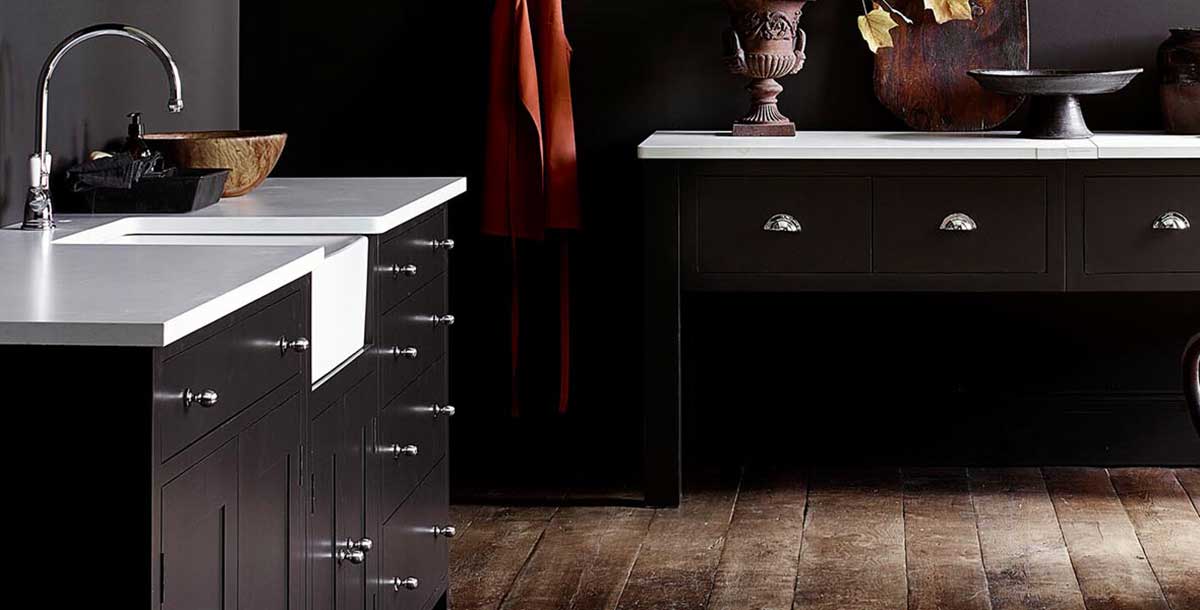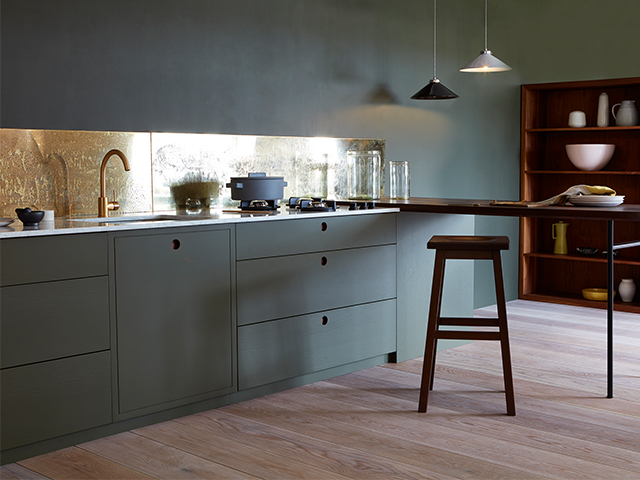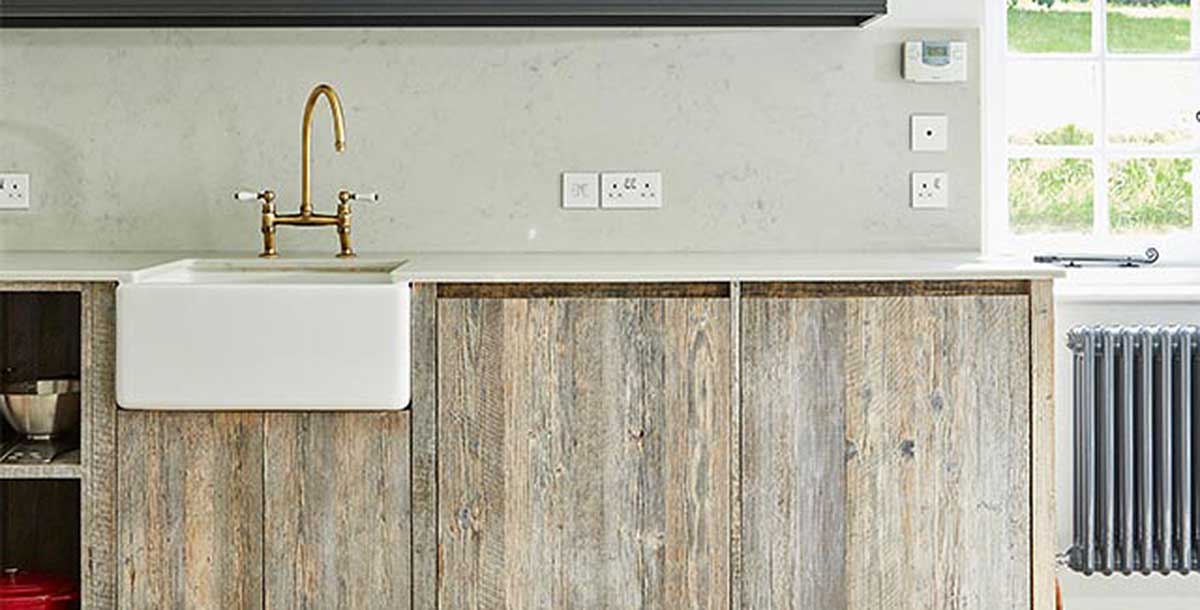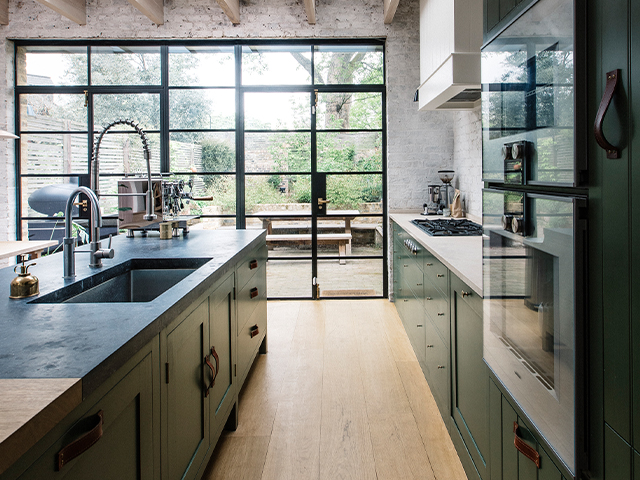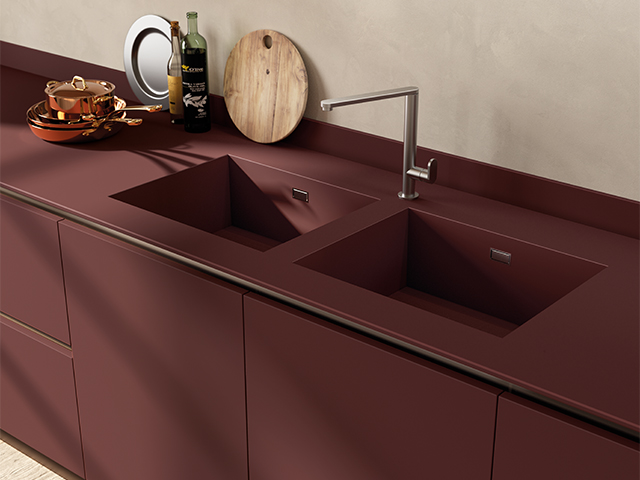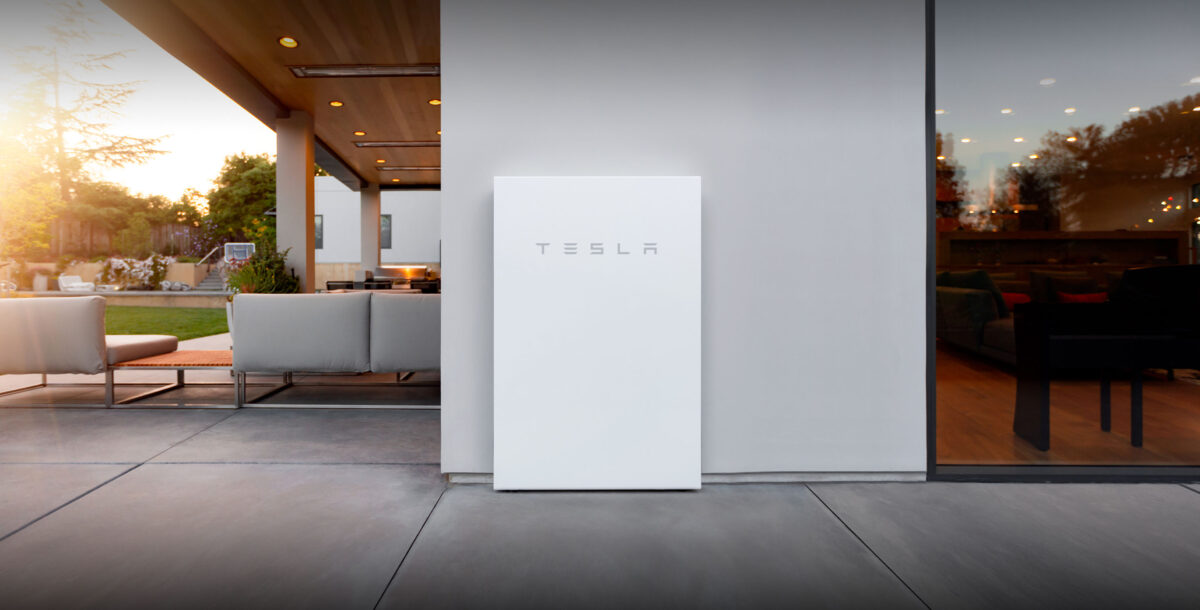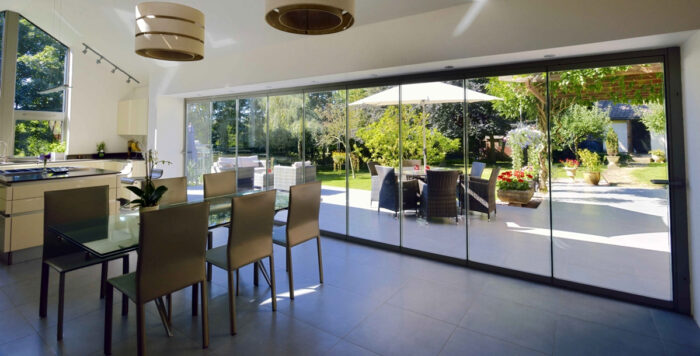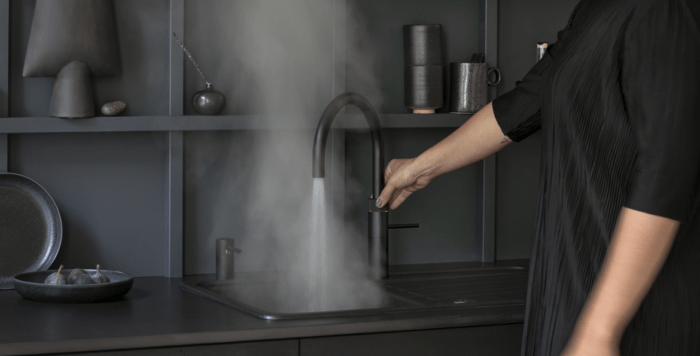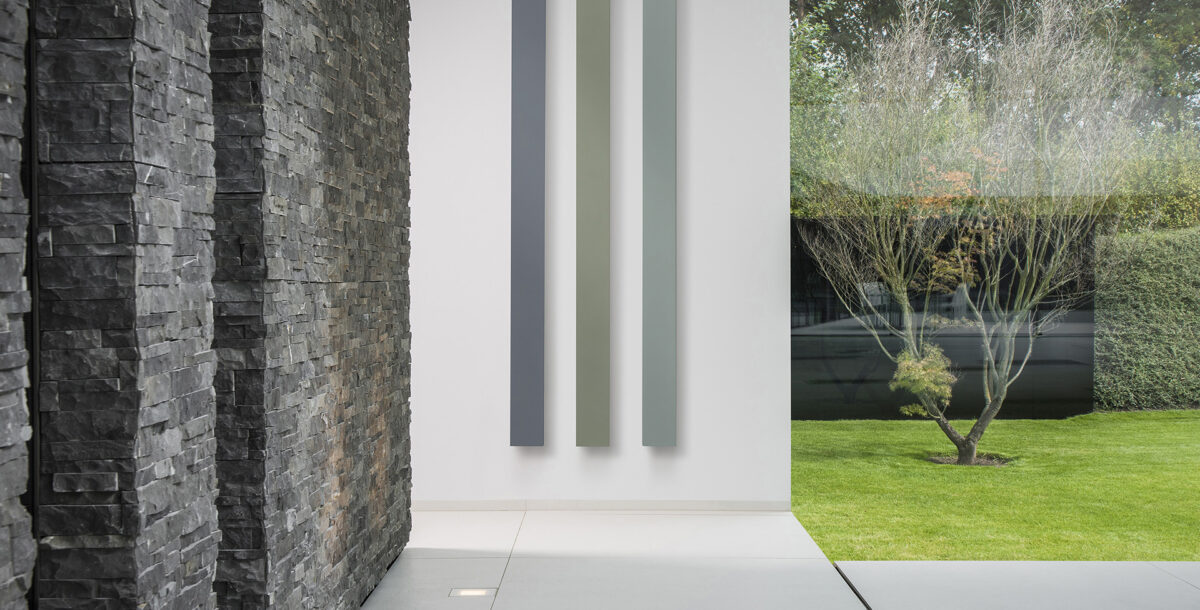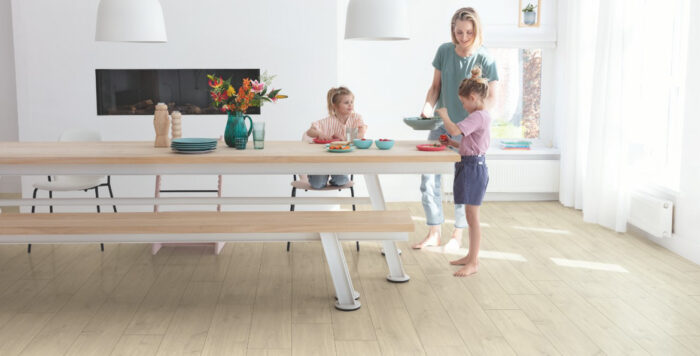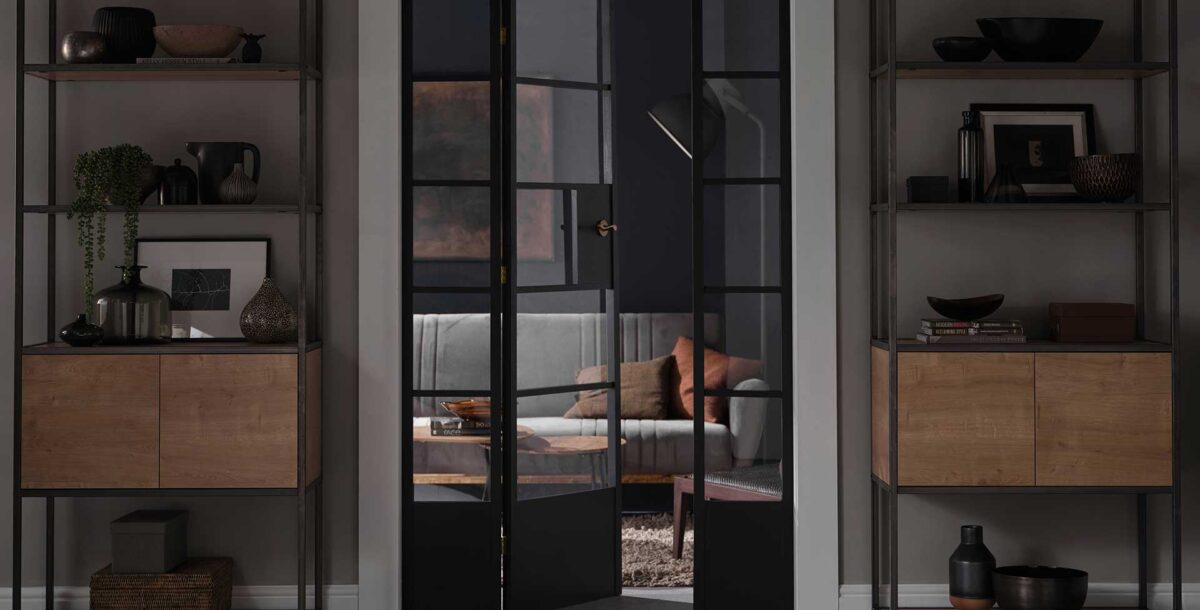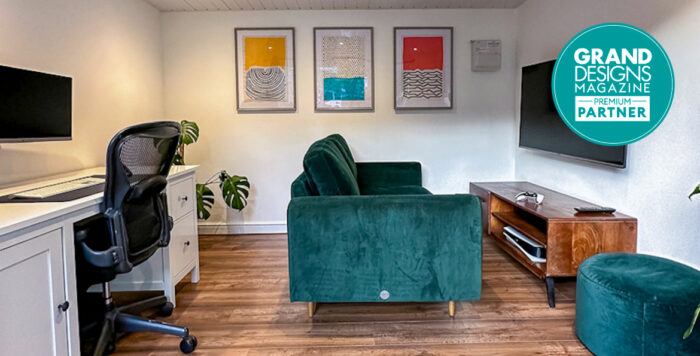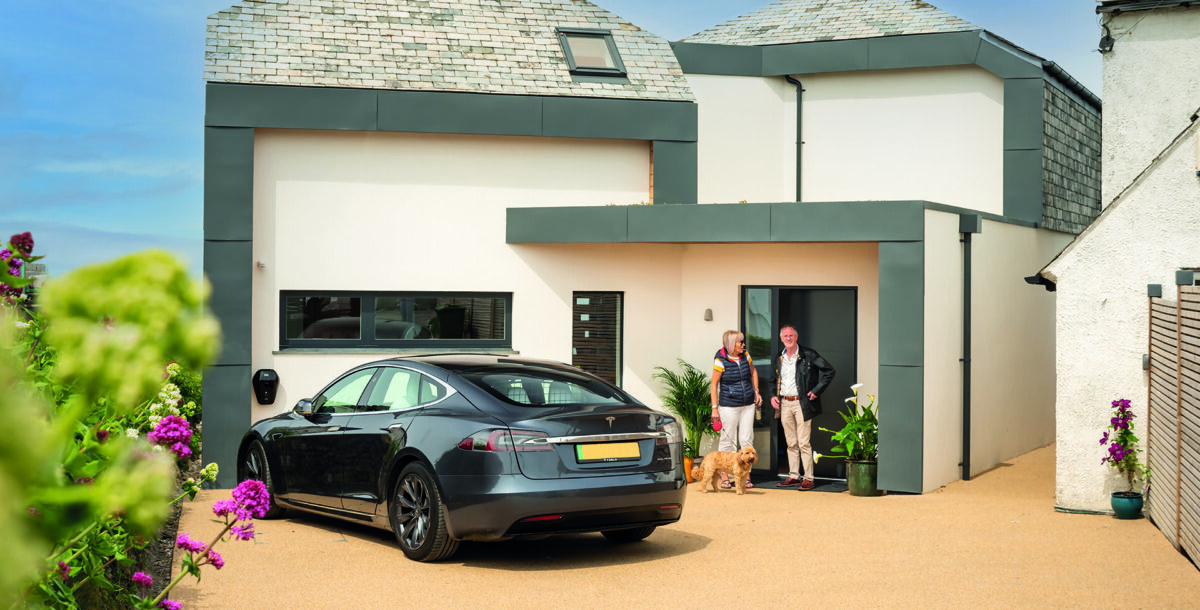How to choose the right cabinets for your kitchen design
Consider the construction and style of your kitchen cabinets when designing your new space.
Open the doors and take a closer look before buying new units to make sure you get the best value for your money.
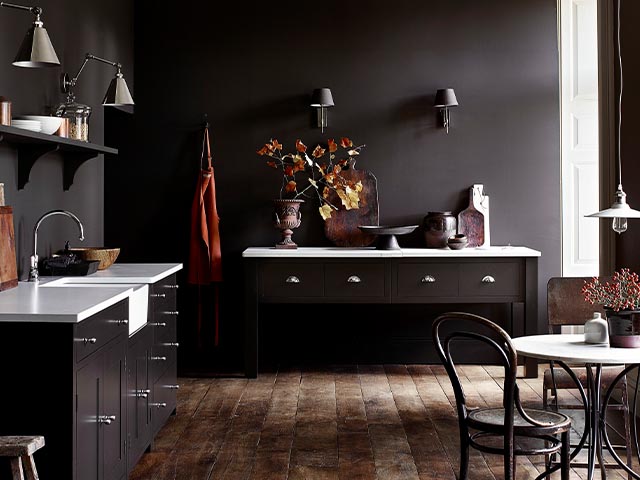
Image: In-frame kitchen design, Neptune
Whether remodelling your kitchen or building a new one from scratch, the cabinets you buy will be one of the biggest investments you’ll make as part of the project. If you want them to last 10 years or more, look for timeless designs made with quality materials and robust carcasses that will stand up to the rigours of everyday use.
Door styles
Image: This modern handleless kitchen from Naked Kitchens combines in-frame cupboards and frameless drawers for a sleek look
The doors and drawers of in-frame cabinets are set into a surround, which gives the unit sturdiness and a traditional appearance. The doors are mounted from the frame on butt hinges that can be seen on the front of the cupboard. This type of cabinet is often handmade to ensure that the fit of the door or drawer in the frame is perfect.
The doors and drawers of in-frame cabinets are set into a surround, which gives the unit sturdiness and a traditional appearance. The doors are mounted from the frame on butt hinges that can be seen on the front of the cupboard. This type of cabinet is often handmade to ensure that the fit of the door or drawer in the frame is perfect.

